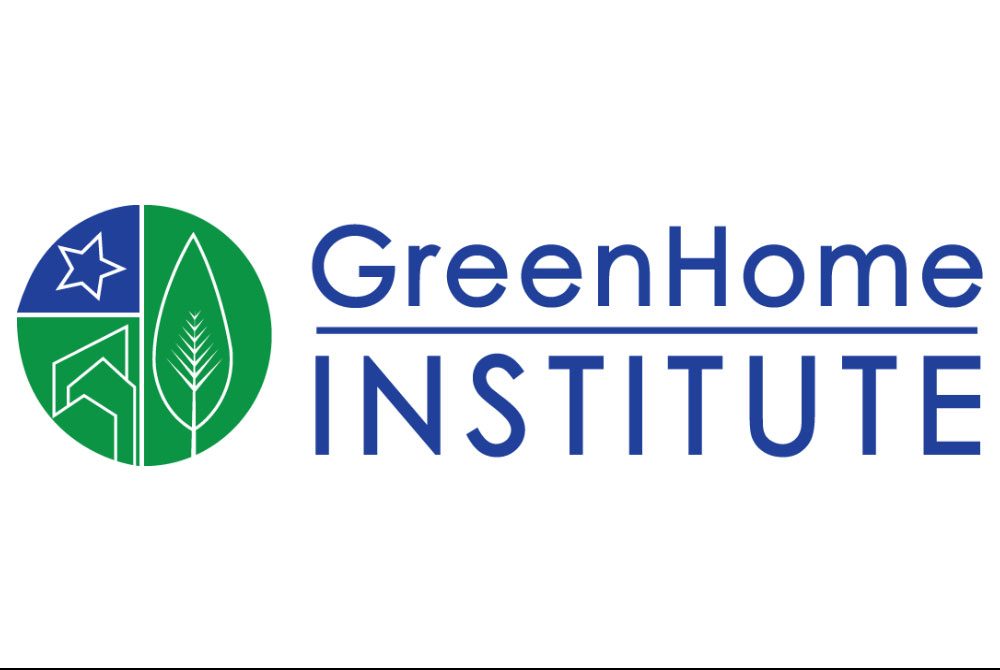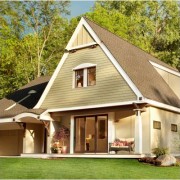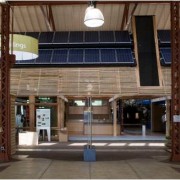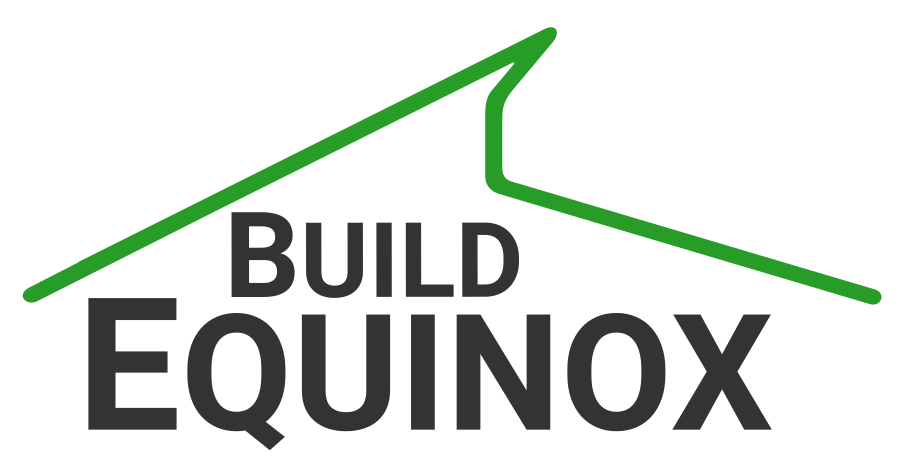The US Green Building Council (USGBC) and Passive House Institute US (PHIUS) have released the following letter of alignment:
USGBC’s LEED for Homes rating system and Passive House standard are complimentary green building systems. Both programs share the goal of making the US building stock more efficient, comfortable and sustainable places to live. While the Passive House standard focuses primarily on greatly reducing the heating and cooling loads of the home, LEED for Homes also promotes efficient material use, site selection and development, and rewards projects that improve their water efficiency and indoor air quality.
A Passive House is a very well‐insulated, virtually air‐tight building that is primarily heated by passive solar gain and by internal gains from people, electrical equipment, etc. Energy losses are minimized. Any remaining heat demand is provided by an extremely small source. Avoidance of heat gain through shading and window orientation also helps to limit any cooling load, which is similarly minimized. An energy recovery ventilator provides a constant, balanced fresh air supply. The result is an impressive system that not only saves up to 90% of space heating costs, but also provides terrific indoor air quality.
LEED for Homes is a national, voluntary certification system, developed by national experts and experienced builders, that promotes the design and construction of high‐performance green homes and encourages the adoption of sustainable practices by the homebuilding industry.
LEED certification is based on 18 prerequisites and 67 credits across 8 credit categories. Beyond energy and indoor air quality, LEED for Homes also takes into consideration material selection, water use, site selection/landscaping, location to local amenities/mass transit and homeowner education.
USGBC works regularly with Passive House Institute US (PHIUS) representatives to further green home building nationwide. USGBC and PHIUS agree that building and certifying a Passive House is a seamless compliance path for LEED for Homes Energy and Atmosphere section, and that homes are beginning to achieve dual certifications. In fact, USGBC is exploring the incorporation of the Passive House Standard into future iterations of the LEED for Homes program.




